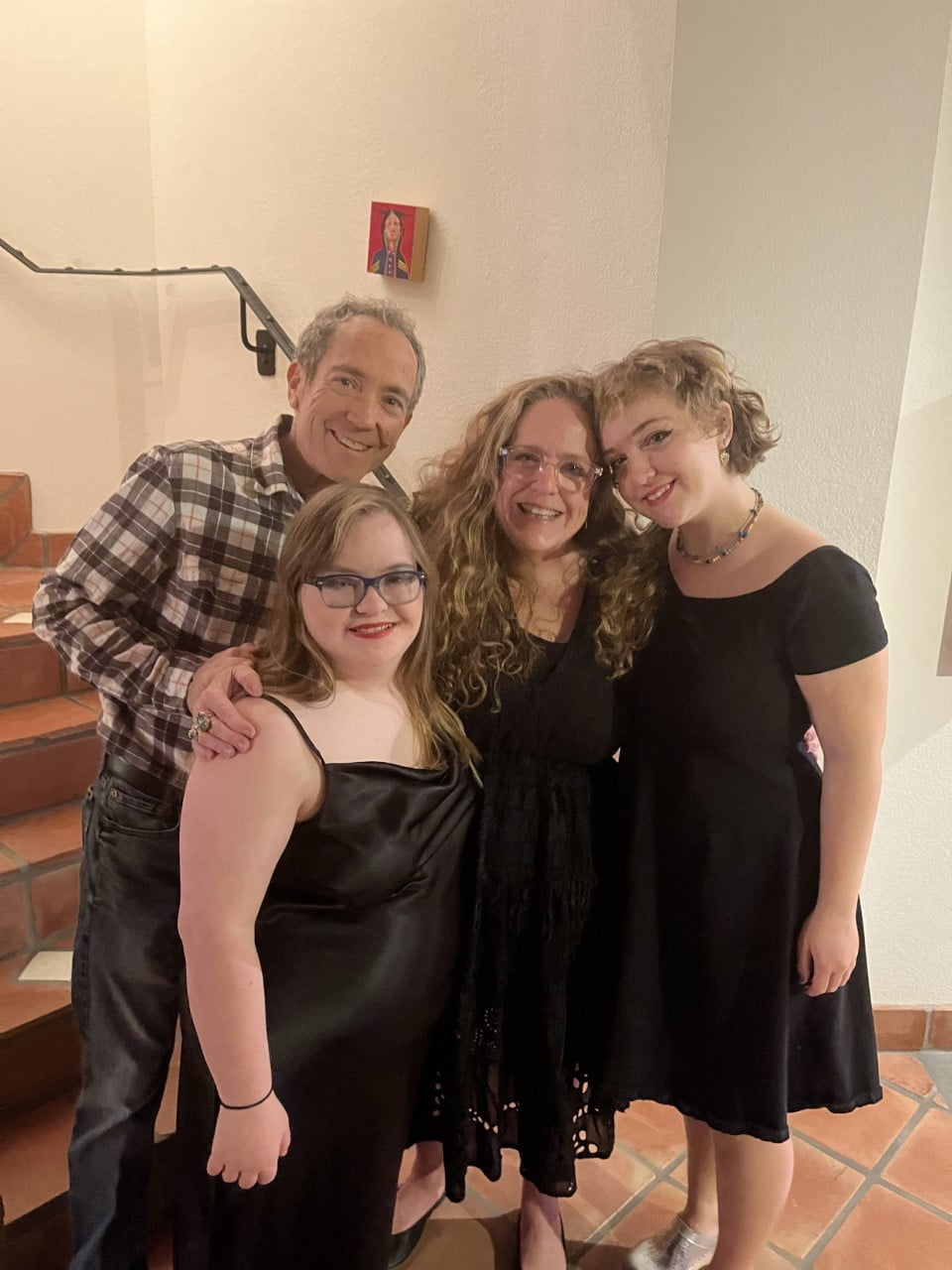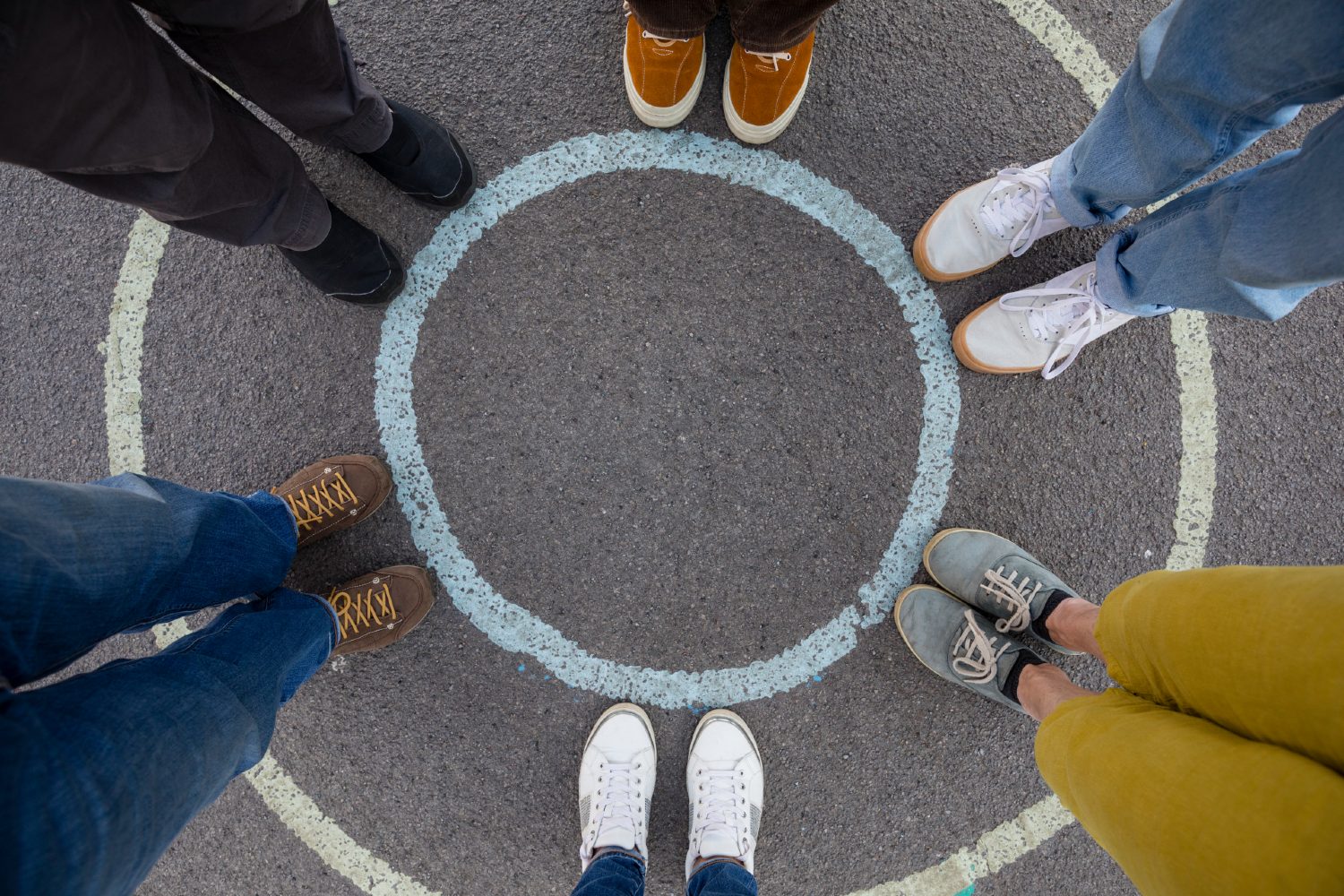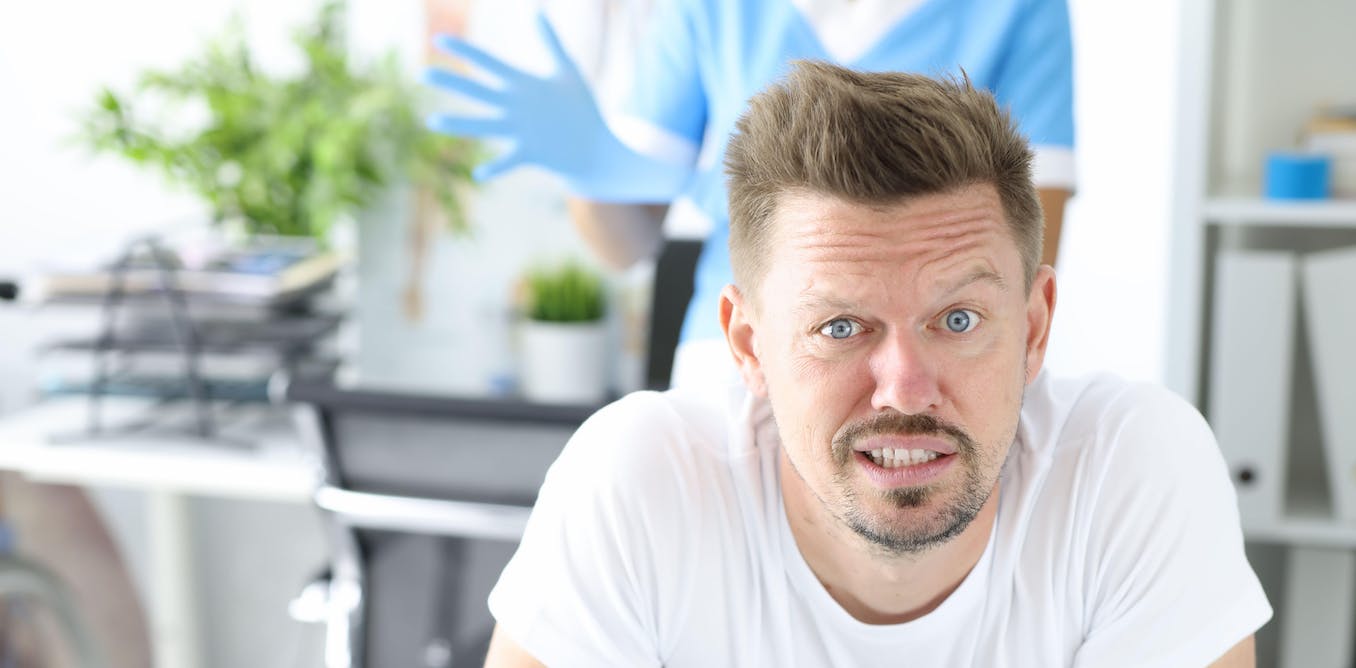By the time my second daughter was born, I’d been a journalist for more than a decade. As a general assignment reporter at the local alternative newsweekly, I didn’t have a beat. I could pitch anything.
But as I looked at Sophie, tiny in her hospital bassinet, I realized that I had never written about Down syndrome. I had never met a person with Down syndrome. I wasn’t even sure what it was.
That changed, slowly. For a long time, I couldn’t do any research, didn’t meet families of other kids with DS, couldn’t bear the thought of what might be coming. Sophie was teaching me what I needed to know. And then one day I was talking to my boss at the time, and shared a story idea about Down syndrome that I had handed to a colleague.
“You need to do that story yourself,” he said.
“I can’t, because of Sophie,” I said.
“She’s why you need to do it.”
So I wrote a story about a family in a Phoenix suburb that had three biological children with Down syndrome – then shared my own. As she grew, Sophie gave me idea after idea. I reported stories about charter schools that pushed out kids with disabilities and a Special Olympics program that put high school students with intellectual and developmental disabilities (IDD) on teams with typical peers with the goal of true integration.
Now that Sophie’s grown, I find myself increasingly interested in the lives of adults with IDD. This reporting isn’t easy – and not only because people are afraid to talk and the state doesn’t want to give up records. Every time I hear a new horror story, I imagine Sophie in the same position. I know I’m not alone. As journalists, we can’t help but bring our hopes, fears and life experiences to our reporting.
To be honest, I hate it. So does Sophie. During the pandemic – with the whole family locked in the house together – she’d often wander into the kitchen where I was on a work call and hold up a pad of paper. “To much,” she wrote.
She’s right. It’s too much. And yet, it’s never enough. While there has been more awareness recently of the need to cover the disability community, journalists still aren’t always interested in covering people with intellectual and developmental disabilities. I get it. It can be hard to understand people with IDD, if they communicate at all. Family members are often hesitant to speak, or they have too much to say. Sometimes they’re not around. It’s delicate, messy work.
And too often, we either write stories about unimaginable tragedies or heartwarming events, like a girl with Down syndrome getting asked to her prom by the captain of the football team.
What about the grays? Like the rest of us, people with IDD don’t simply have good or bad lives. Usually, it’s a mixed bag. That is what drew me to this story – I want to show the real lives, including both the joys and struggles, of people with IDD. Zainab Edwards gets joy from ice skating. She struggles after she’s had a seizure. Both things are true.
I’m not saying I ever achieve this – but my goal is to tell nuanced stories that capture what real life is for a population that remains largely hidden. Even in 2022, more than two decades since the U.S. Supreme Court ruled that people with IDD needed to be included in the community.
Spoiler: They are not included. Not in meaningful ways. If they are, it’s rare.
But just writing these stories isn’t nearly enough – I learn that every day, in different ways.
Sophie has taught me something I should have understood a long time ago, that people with IDD have their own narratives. After running a live reading series in Phoenix for five years, I started a storytelling program designed specifically for people with IDD.
With other journalists and academics, I’ve explored ways to make the news more accessible to people with IDD. A group of us pushed successfully to have a news story for a mainstream media outlet translated into “plain language,” which we’ve done again for Public Integrity, and now we’re doing academic research to figure out how to take that work to the next level.
I’ve also learned that, like the rest of us, every single person with IDD is different. Not everyone can share their story in a traditional way, or consume the news the way others do. That makes reporting challenging – but not impossible.
It also means that – despite concerns from some in the disability community – it can be necessary to interview family members and others close to a person with IDD, particularly if the person cannot communicate. This gets really controversial, really fast.
I’m grateful to be doing this work, to have the space and grace to experiment with reporting and accessibility methods, to hear the stories of so many people with IDD and those around them. And hopefully, to make some good trouble.
But mostly I’m grateful to Sophie, who continues to be my teacher.




